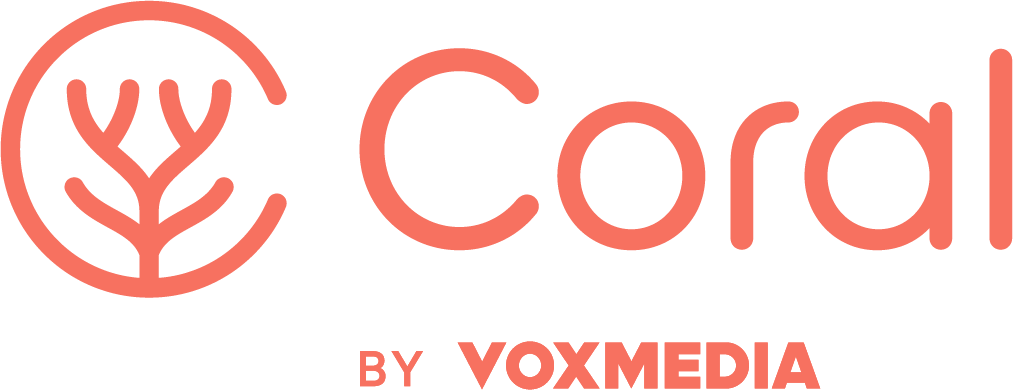There are many ways that you might want your audience to support your mission (read more about that approach in the Define Your Strategy piece.)
So how do you turn passive audience members into active contributors, either as financial supporters or collaborators in your journalism?
The News Revenue Hub uses the metaphor of a relationship continuum to describe this path – you wouldn’t jump from a random hook-up to a marriage in one step. In order to deepen the relationship, you need to create careful stages in between that don’t feel like you’re asking too much too quickly.
The marketing and organizing worlds have some metaphors they use to define this path. They go by many names, most commonly either The Ladder of Participation or The Sales Funnel.
The ladder suggests a climbing to the goal; the funnel suggests a narrowing of the number of people who move from one stage to the next. Either way, this is a way to outline the various stages of engagement that lead to your goal. In this piece, we’ll use the ladder.
You don’t need to have a single goal, or a single ladder. There are many ways that people might encounter and become more involved in your work, and there are many possible end points that you might want to aim towards.
This piece is intended to give you a basic framework to design your first ladders, from which you can test and improve paths to deeper involvement.
- What’s at the top of the ladder?
You can design an engagement ladder for any aspect of your work with which you want people to engage more deeply, from your newsroom’s subscriber base to getting follow-up stories for a single article.
You first need to decide what the goal is. If you have more than one goal, you might want to design more than one ladder. Examples include Become a Subscriber or Become a Source For This Topic.
- How do we help people to climb the ladder?
This article describes an Engagement Ladder that was created for President Obama’s 2012 re-election campaign.
The stages it describes are:
Be aware of the campaign
Friend on Facebook
Add your name to a list
Tell a story
Give a small donation (and get swag)
Canvass/give more money/get friends involved
We can abstract these as:
- Awareness of your mission
- Small act of positive engagement
- Sharing of personal information
- Small give
- Top of the ladder
Now add one or more relevant aspects of each of these to your work. How will people become aware of your work and your mission? What kind of personal information are you asking for that seems relevant in the context of your work? What can you ask people to give (it doesn’t have to be money – it could be time, a personal story, something else) to encourage them to feel more connected to your work?
- What tools do you need for each step?
Look back at what you wrote. Do you need particular tools that you don’t already have in order to make this possible? If so, make note of these, and ask if there is another way that you could achieve the same result with tools you already have.
- How will you track how many people move from each step?
If someone subscribes, will you be able to say if they are doing so via your ladder, or they came to the decision some other way? If you can’t track it, you can’t assess if you need to rethink your ladders.
- Are you asking for too much information?
The golden rule for data collection, particularly around issues of trust, is ‘Don’t collect more than you need.’ (For more on this, read our piece Avoid Collecting Too Much Data, especially the section ‘Making policies on user data collection’)
Other ethical questions you need to consider:
- Who has access to the data you collect? Do they all need access to all of it?
- What harm would be done to the people who gave you information if it were leaked?
- Can you offer a ladder that people can climb anonymously/pseudonymously and still achieve your goals?
- Will your audience feel somehow tricked or lied to if they were to see your ladder?
Once you’ve designed your ladders, ask a colleague to do the same exercise, and compare your ladders. Also, if you have a marketing department, talk to them about any methods they use – you might learn useful information from each other through this exercise.
Then try out your ladders in your work. Keep tracking their success, and keep experimenting (ideally by segmenting different parts of your audience to A/B test) to learn more about what works best for which topics and goals. There’s no single ladder that will always be successful – this is an ongoing process of design and improvement to get more people involved different aspects of your work.


![[IMAGE] An outdoor metal fire escape on the side of a building in Manhattan. Shadows from the steps are cast onto the pale brick building behind.](https://guides.coralproject.net/wp-content/uploads/2017/08/IMG_0452.jpg?w=1500&h=500&crop=1)